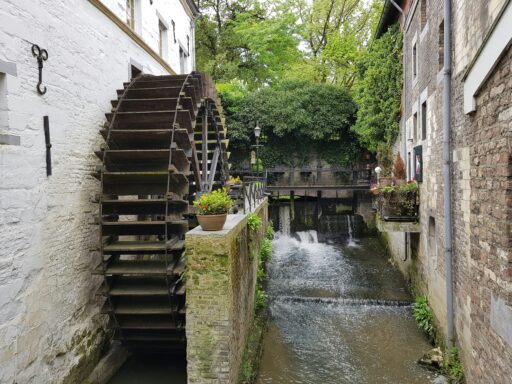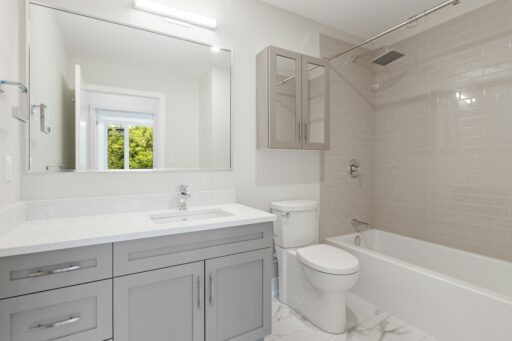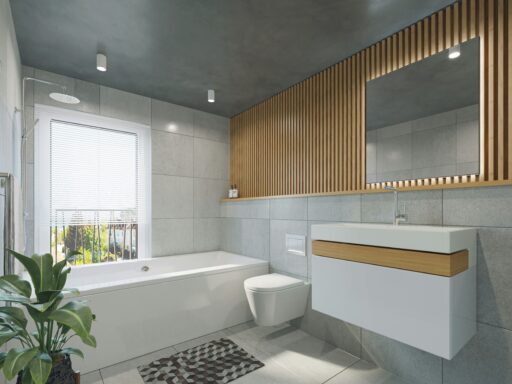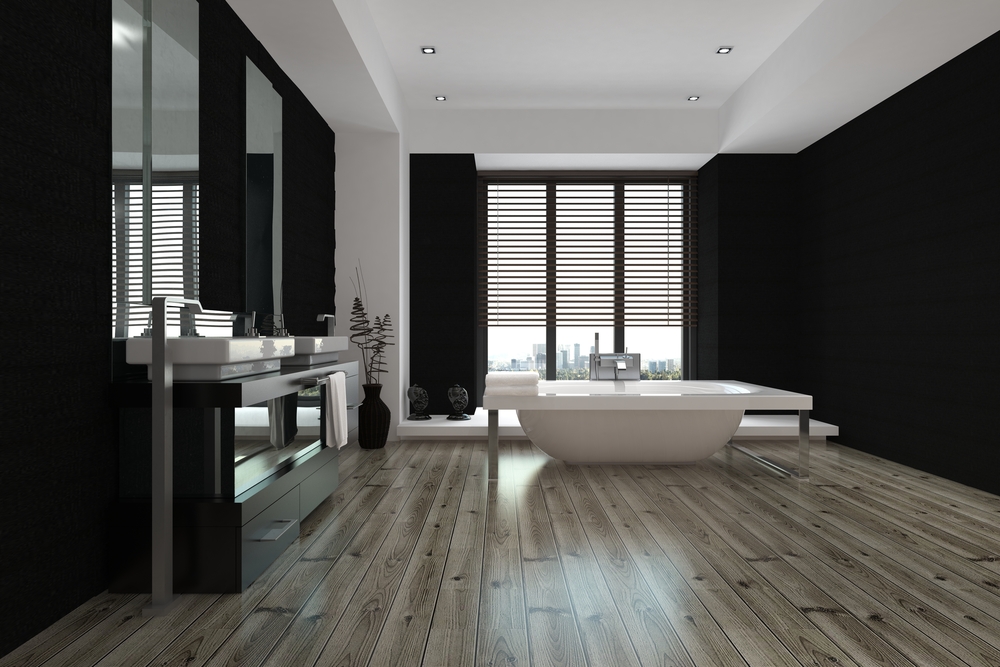We’re all being encouraged to be more energy-efficient in our homes, and that affects not just boilers but everything from the insulation to the type of central heating pump installed.
If you’re building your own home, it will need to undergo the Standard Assessment Procedure (SAP) in order to get an Energy Performance Certificate (EPC) and be signed off by the building inspector.
Understanding SAP
It’s important to understand exactly what the SAP is. A SAP rating allows different properties to be compared for energy-efficiency. It measures how much energy is used by the property, how much of this is lost and how good the building is at retaining heat.
SAP ratings are on a one to 100 scale – a property scoring 100 would be so efficient that it actually exported energy to the grid. A higher rating therefore means a more efficient home that will use less energy and create less CO2.
Getting a SAP
SAP ratings need to be carried out by an accredited assessor. It takes into account the construction materials used, insulation, ventilation, the efficiency of heating systems and their controls, solar gain and any renewable energy technology.
The SAP rating is used to create an EPC, which gives potential buyers the ability to compare the energy-efficiency of different properties. An EPC once granted is valid for 10 years unless there are any major changes to the property.
Plan ahead
In order to get a high SAP score, it pays to start thinking about energy-efficiency at the design stage. If you leave things too late, you could end up having to carry out costly and disruptive remedial work. You can get an initial SAP assessment before you apply for planning consent, which will help avoid problems later.
The SAP test will often involve an air test. This involves blowing air into the house and measuring how much escapes. While all homes need some ventilation, too much means you’re losing heat and could fail the test. It might be worth getting an air test done before the official assessment so you can fix any issues.
U and Non-U Revisited
All building materials have a u-value. This indicates how good they are at stopping heat from passing through them. The lower the u-value, the better the insulation value of the product. By specifying the most u-efficient products at the planning stage, you’ll reduce the risk of problems later. Play special attention to doors and windows, as these are areas where heat is most likely to escape, so adhering to the latest standards for frames and glazing will help your score.
Feel the Heat
Heating systems have a major impact on SAP scores. Having an energy-efficient boiler or an alternative system like a heat pump is important. But heating controls make a big difference too. You need to show that you can obtain heat only when and where it’s needed, so sophisticated programmers, wireless thermostats that you can take from room to room and thermostatic radiator valves are must-haves.
Choose an Efficient Central Heating Pump
Even the humble heating pump can make a difference, so ensure you choose a model with energy-efficient features like variable speed technology, and one that will work in harmony with your other heating controls to only run when needed.
Find out more about SAP Calculations.






